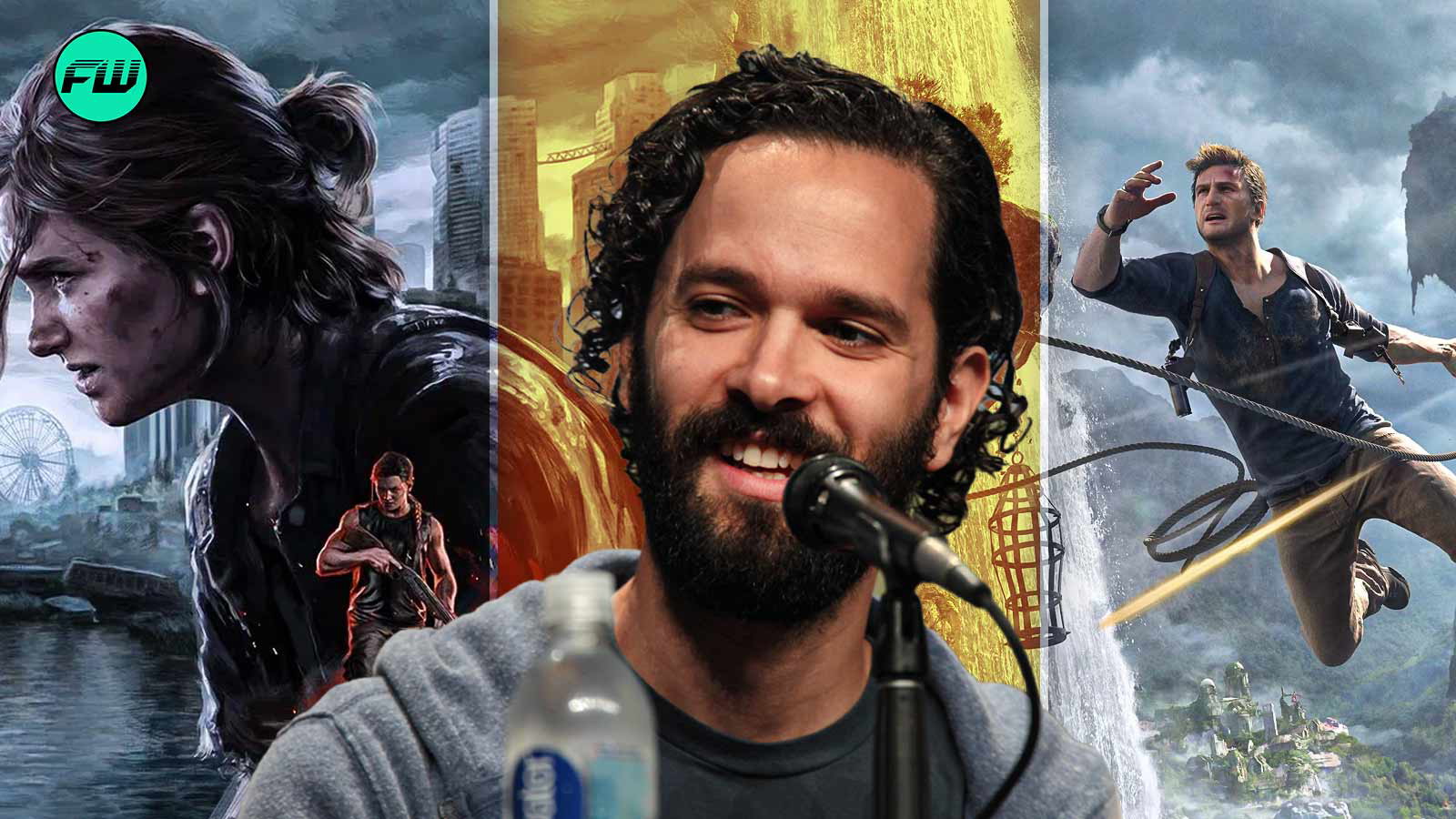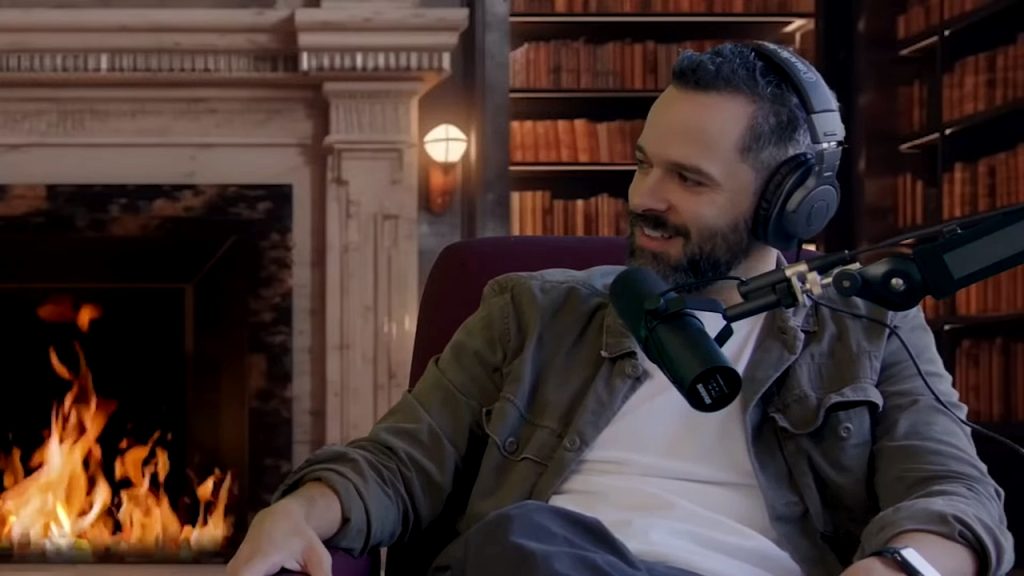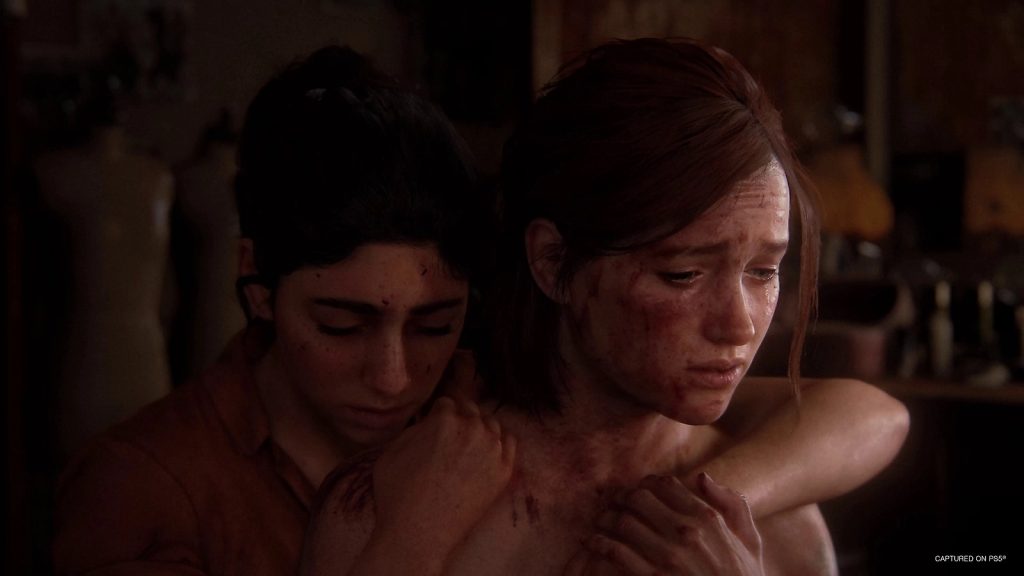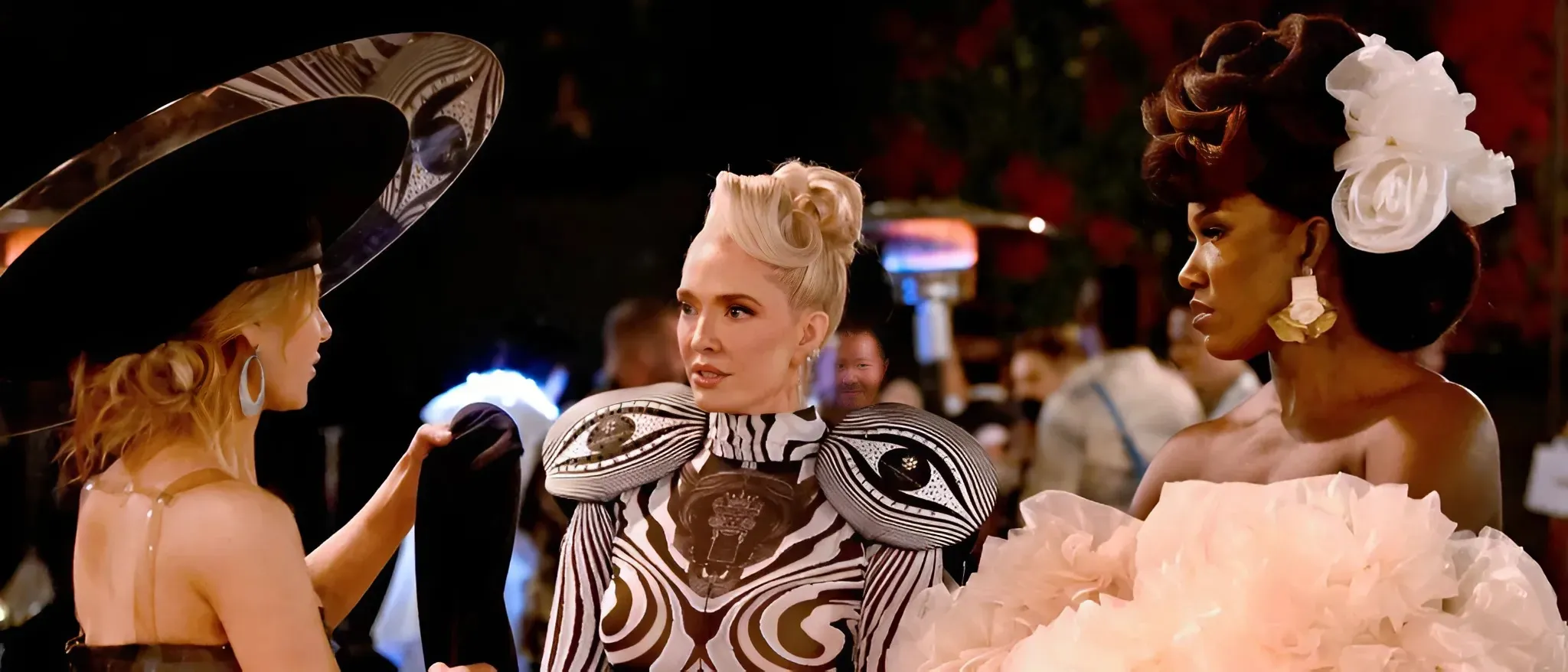
Neil Druckmann's unapologetic stance on game pacing might be TLOU3's biggest hurdle yet. Buckle up for a slow burn?

See, Druckmann recently dropped a casual mention of having a “concept” for The Last of Us Part III. No fancy announcement, no dramatic trailer—just a simple acknowledgment that got lost in the Intergalactic discourse.
But it’s his past comments about game pacing and player expectations that might actually deserve our attention.

When Uncharted 4 launched in 2016, its four-hour prologue and emphasis on slow-burn character development raised more than a few eyebrows. While some praised this more intimate approach, others lamented the lack of the series’ signature action setpieces.
In a candid interview with Rolling Stone, Druckmann had some rather pointed thoughts about these criticisms:
I’m OK if we lose some of those people. Hopefully they’re replaced with other people who are intrigued by the more conscious pacing.
That’s not just confidence—that’s the kind of statement that makes marketing departments break out in cold sweats. But here’s the kicker: Neil Druckmann wasn’t just being provocative for the sake of it.
He elaborated on the specific complaints he was addressing:
I know there are people on NeoGAF right now complaining about the beginning of this game. Because I read some. They hate how slow it is. They don’t believe it’s really a game until you get to the end of the auction and you get your gun and you start shooting at people.
Now imagine applying that same philosophy to The Last of Us Part III. A series already known for its deliberate pacing and character-driven narrative, helmed by a director who’s openly willing to sacrifice player retention for artistic vision? The “anti-woke” crowd might be the least of its worries.
When slow and steady meets AAA money

The gaming industry has changed significantly since that Uncharted 4 interview. With development costs soaring, studios shuttering, and high-profile games failing to meet expectations, Druckmann’s candid admission about commercial pressures feels more relevant than ever:
I’m always nervous how a game will be received, how successful we’ll be, is it going to make its money back.
But with The Last of Us now a cross-media phenomenon and Naughty Dog exploring new horizons with Intergalactic, the stakes are higher than ever. The studio isn’t just making games anymore—they’re designing narratives that transcend the medium itself.
This evolution brings its own set of challenges. Modern AAA games are expected to be everything to everyone: action-packed enough for the adrenaline junkies, deep enough for the story enthusiasts, and profitable enough to justify their massive budgets. Threading that needle gets trickier with each passing year.
Yet Druckmann’s stance on pacing suggests that whenever The Last of Us Part III does materialize, it won’t be making compromises just to please the crowd. In an era where gaming hot takes spread faster than Cordyceps, that might indeed be the bravest stance of all.
What’s your take on Druckmann’s approach to game pacing? Should developers prioritize their artistic vision even if it means potentially alienating some players? Share your thoughts in the comments below!
-1726368640-q80.webp)


